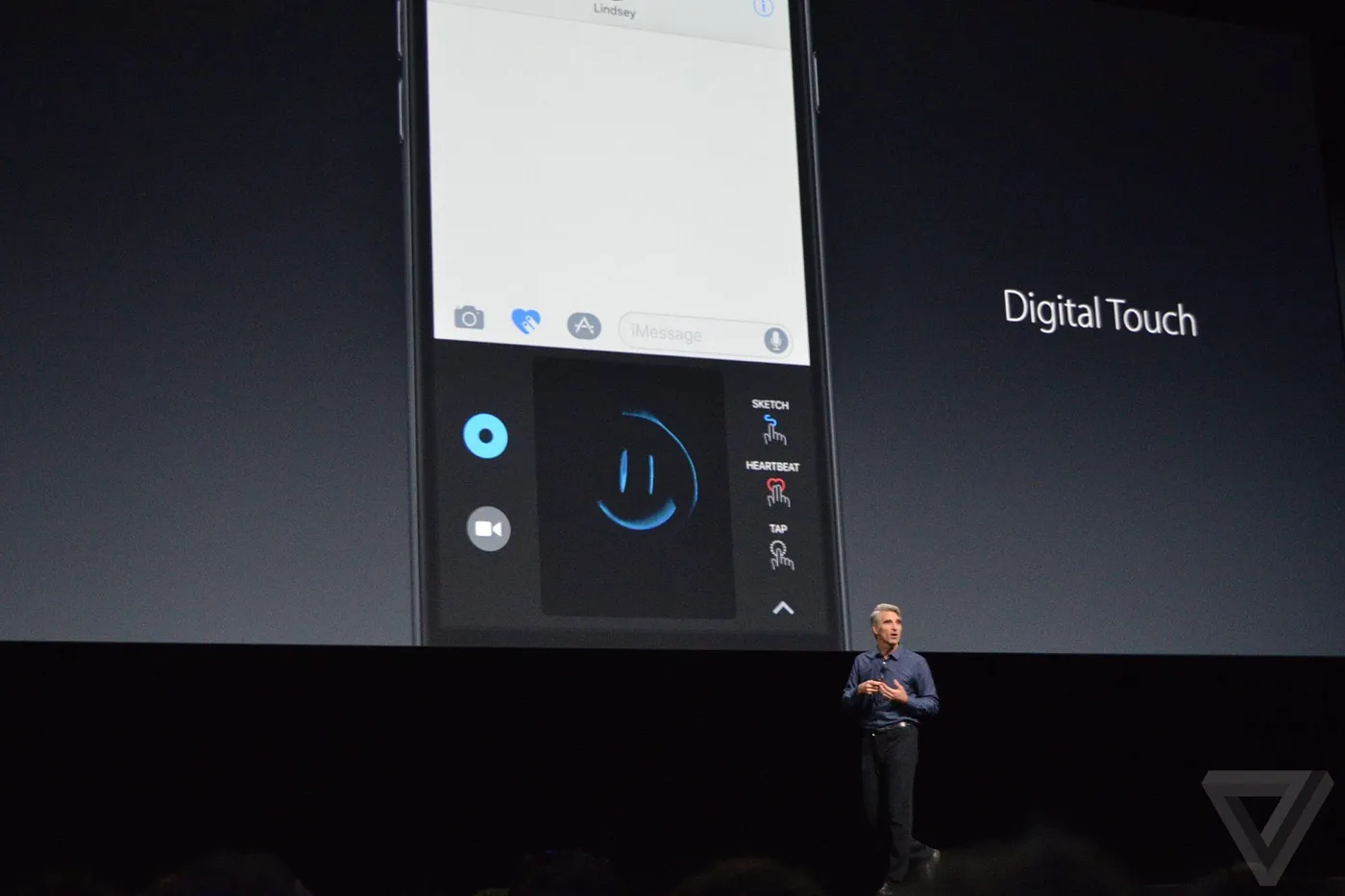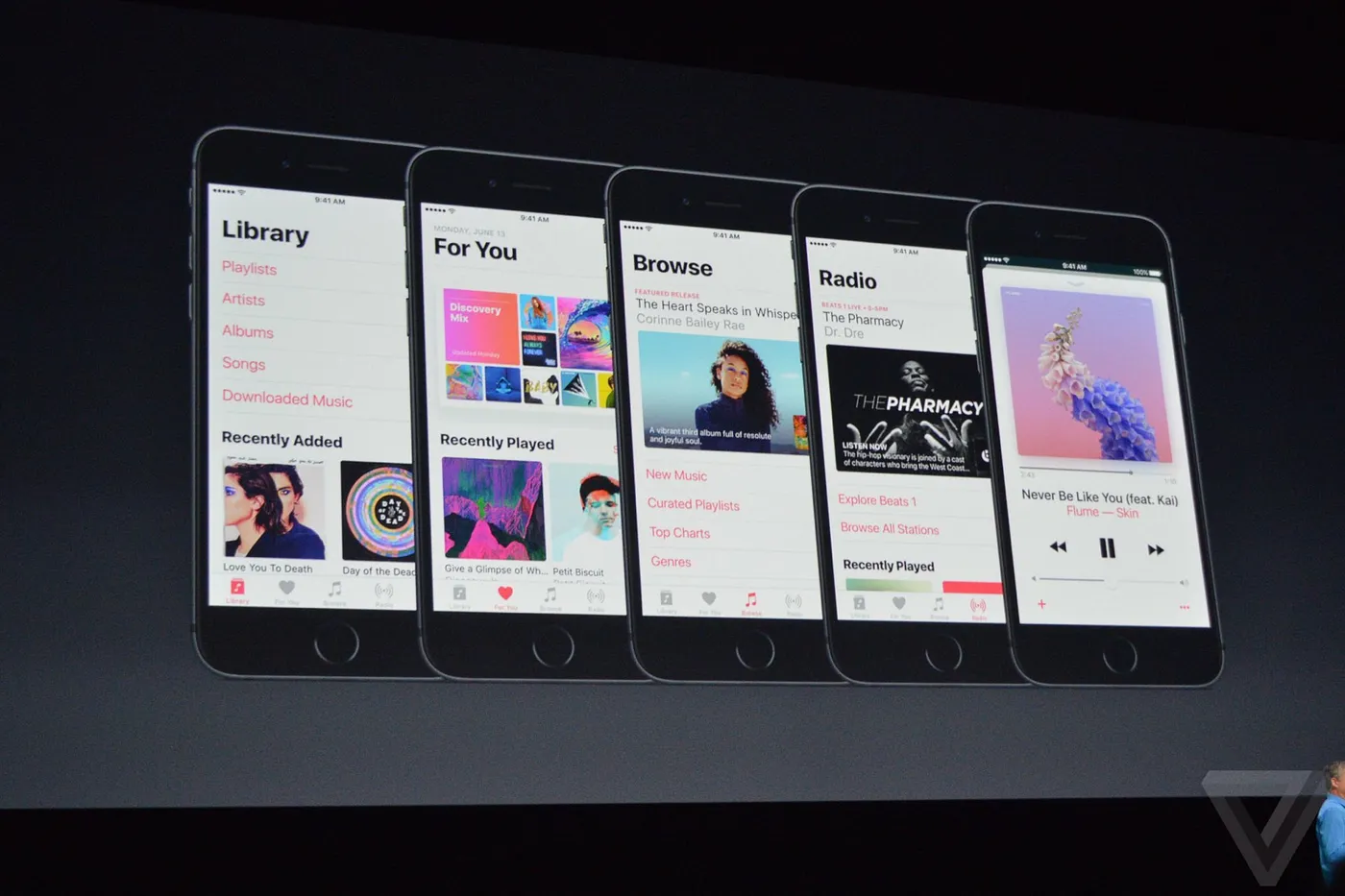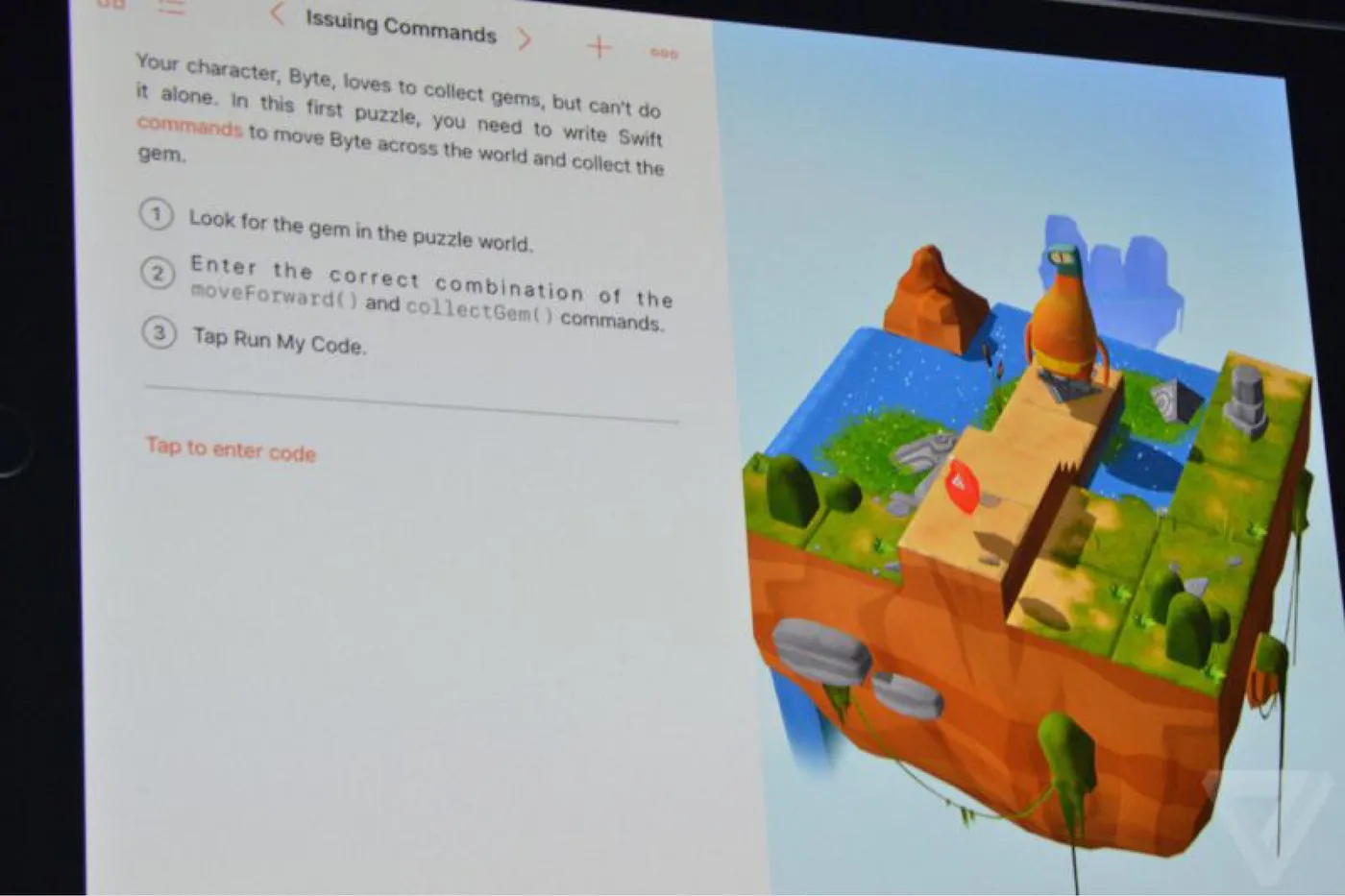To introduce myself, I am an iOS and macOS developer, and I use Apple products daily. I like what they usually do, but there is always a catch. It’s no surprise that industry giants should keep raising the bar in technology to save their market shares. And as it always happens, the time comes when giants fall. Luckily, it hasn’t happened yet. However, this 2016 WWDC was still a massive disappointment for me. I regret spending 2 hours watching the keynote, and here is why.

This article was originally posted on Medium.com.
Enhancements? Not really
- Your messages can now go full screen and show animations before becoming readable. And you can react in messages with Emojis, just like in Facebook, when liking posts.
- Now your messages can contain a “Digital touch”. Sounds like another useless button.

- Now your phone can control your new generation Apple TV. Why not earlier?
- Now, your music app organizes songs and albums in different ways. And is it worth calling another person on stage who spends time tapping buttons and listening to music? Really? Did they know that “DC” in the event title stays for “Developer Conference”?

There are many things you can speak about during WWDC. Many intelligent people are working at Apple, and they worked on something last year. Why not say how many bugs you have fixed? Or how they have improved typing predictions? How many people use it, and how it works? There was just 1 technical term during the entire event (LSTM).
Criticizing is always easier than doing something, so it’s obligatory to say what I would do in their place.
- I like new interactive links in iMessage and other options that have existed in other messengers for a long time. But iMessage is part of the OS and can be updated only once a year within OS updates. That’s why it will always be behind. To improve iMessage, make it a platform like the HomeKit+Home app. So, the developers will be able to create apps based on the iMessage API and show content from a single iMessage database.
- Make “Force Touch” only available for in-app actions and widgets/notifications. This means removing the gesture from the home screen. Holding the app icon to show relevant content is not a bad idea; however, it will be implemented only by big companies and purposeful developers. Both groups are already offering good-quality interfaces inside the app, so you basically get the same result with a different action.
- Improve music library sync. I have a couple of computers and multiple devices, and to keep music available everywhere, I have to switch my iTunes library to a Google Drive folder. However, the iTunes application stores part of the information in another directory, so Playlists are not synced, and the info isn’t updated in the app when directory content changes (requires manual actions).
New technology? Not really
Its great to see companies finally implementing facial recognition and deep-learning computer vision in their public products, but you can hardly say its a breakthrough. Such technologies are widely used for a decade and even IT giants are offering that options for quite a long time However, some have already disabled it or limited within a few regions. I don’t know why.
You can argue that only modern devices are capable of doing such high-loading tasks. But bearing in mind that a great number of photos are synced between devices, including Macs, that have components with outdated architecture, we can say that they could have done it earlier.
Good educational motives? Yes, but isn’t their effort too small?
What I mean is that making an educational app for children to learn Swift isn’t the kind of thing you expect to be listening to for five minutes during the main annual event of the biggest and richest company in the world.

My vision of the educational process is different. Swift is a high-level language that is good for solving a particular group of tasks. But, for me, it is not a good first language. The first language should give an understanding of how a computer works, how memory is stored, and when it is consumed. C and C++ are a lot better from this perspective. Learning to use Swift before C is like riding a motorcycle before a bicycle.
What can be done?
- Separate Swift Playgrounds app into separate compiler and educational app.
- Create a similar solution for Objective-C (or even Objective-C++). It is a good, well-documented language with great possibilities. It respects brackets and is not indent-dependent!
- Remove the fee for educational apps in the store. Developers will earn the same 70% of planned income, but the apps will be 30% cheaper for users.
- Lower prices for devices for students all over the world, not only in the US and a couple of European countries.
- Macs are not cheap, but they have excellent build quality and last longer. That is probably why some schools and universities buy them. Understanding that the main part of income is generated by iPhone and iPad sales, Apple could easily make a discount for Mac wholesale purchases for educational institutions.
Refined UI? Probably, but is better UX?
Remember using one app for one purpose? A perfect example is making money transactions. You enter your bank’s mobile app, choose a person you’d like to send money to, and it’s done.

Common sense says that sending money should become easier and more intuitive now. From now on, you can send money from your Apple Pay app and Messages app in addition to your bank’s native iOS app. But doesn’t this lead to overloading apps with functionality? Isn’t it better to keep everything as it is, especially if you need to keep track of different money flow channels?
The cons on the user side are quite obvious. But developers are also used to doing more work. Now, in addition to the app itself, you need to produce an interface for Messages, Siri, apps, widgets, and the app’s “Force touch” pop-up window, and there’s quite a lot to do.
For me, the beauty of iOS is its simplicity. It may contain hundreds of neural networks under the bonnet, but it’s still very simple to use. And once you need more , there is the App Store with over 2 million apps.
And what’s wrong with emojis? As much as I understand, people use them to save time typing standard responses. But now, within the new iMessage app, you are able to type normal text and then replace it with emojis. Why would anyone do this?
No hardware updates
This one is the most disappointing for me. My current Retina MacBook Pro suits well for everyday tasks, but it is certainly outdated and lacks some key features, such as new-generation processors, a 2016 GPU, and new I/O, including Thunderbolt 3 and USB-C. If you work on a laptop, you desire a longer battery life and brighter screen for outdoor use.
What I hope to see soon:
- iPhone 7 Plus (Pro?). Screen size: 5.5 inches or bigger. Screen brightness: 600 cd/m2 or higher. Battery: 3500-4000 mAh. Camera: front-facing + 2 rear-facing cameras or more (for 3D pictures, better 2D pictures, and Google Tango technology analog). Waterproof. USB type C connector.
- MacBook Pro Retina. New processors, new I/O, better graphics. There were some leaked photos of new MacBook bodies with a replacement of the function keys line. It sounds good, but unless it will drain the battery and will have low brightness. People who buy this device for work will prefer better battery life. People who purchase this device for everyday use may face difficulties outdoors on a sunny day. And please don’t raise the screen resolution anymore.
- Thunderbolt Display. Resolution: 4k or 5k. A built-in GPU is a good solution for such a high-resolution monitor. New AMD Polaris chips are only 💲 200, and I suppose Apple will be using them in new monitors. I would prefer them to launch two devices: a good display without a graphics card for 💲 600–700 and a full-featured version for 💲 900–1000. And I hope it will be rotatable. This will be very appreciated by software developers, stock traders, and some media editors.
Final words
I may be wrong in many points above and would like to hear your opinion. The frustration is caused not by a lack of good things, but by a big number of questionable features with exaggerated meaning. I wish this great event would save its spirit and not become a boring consumer show. Over the past 5 years watching this event has become a tradition for me and I am looking forward for the next big thing.
I hope that new OS versions have become better optimized and more stable. For operating system it is at least as important as the flashy features and promo videos. Good luck, Apple!